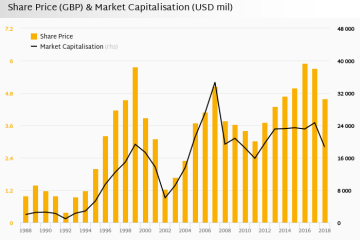The Evolving Landscape of Weapons Technology

Introduction
The development and proliferation of weapons technology is a crucial aspect of modern geopolitics and international security. As nations around the world grapple with escalating conflicts, advancements in weapons systems continue to emerge, which have significant implications for global peace and stability. Understanding the current trends in weapons technology is essential for policymakers, military strategists, and global citizens alike.
Developments in Weapons Technology
In recent years, the arms industry has witnessed substantial innovation, particularly in areas such as artificial intelligence (AI), drones, and cyber warfare capabilities. The integration of AI into military systems has transformed traditional combat methods, enabling autonomous weapons to make real-time decisions without human intervention. Furthermore, drones have become a dominant force in modern warfare, providing surveillance and targeted strikes while minimising risk to personnel.
Another significant trend is the expansion of cyber capabilities among nations, where cyber weapons are increasingly being viewed as a legitimate form of attack. This has prompted militaries to develop sophisticated cyber defence systems to protect critical infrastructure from potential threats.
International Arms Control Efforts
In light of these advancements, international bodies are under growing pressure to establish comprehensive arms control agreements. The Treaty on the Non-Proliferation of Nuclear Weapons (NPT) remains a cornerstone of global efforts to prevent nuclear war. However, countries such as North Korea and Iran have continued to expand their nuclear arsenals, raising concerns about the effectiveness of existing agreements.
Furthermore, the rise in autonomous weapons has sparked ethical debates, leading to calls for a ban or regulation on lethal autonomous weapon systems (LAWS). Proponents argue that delegating life-and-death decisions to machines jeopardises humanity’s moral responsibility during warfare.
Conclusion
The landscape of weapons technology is continually evolving, presenting both opportunities and challenges for national and global security. As countries increasingly invest in advanced weaponry, the importance of robust international arms control measures cannot be overstated. The future of warfare will undoubtedly be shaped by these developments, affecting diplomatic relations and the safety of populations worldwide. Understanding these changes is vital for readers who wish to grasp the intricacies of contemporary conflicts and the critical role that weapons technology plays in shaping global peace.








